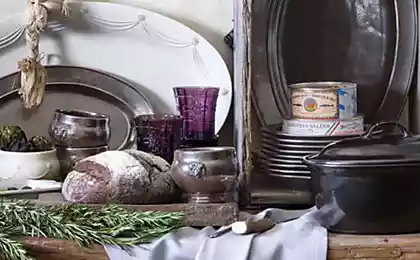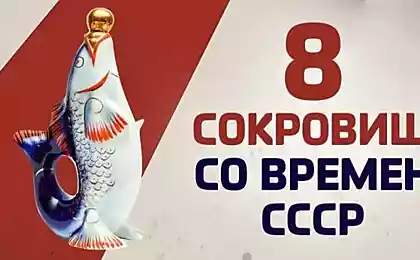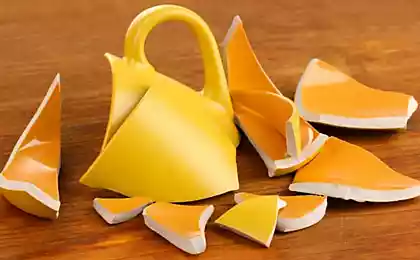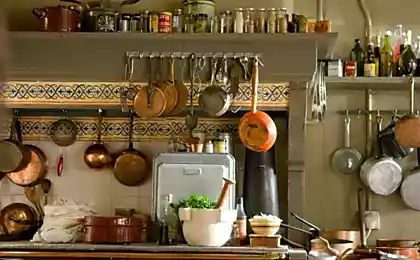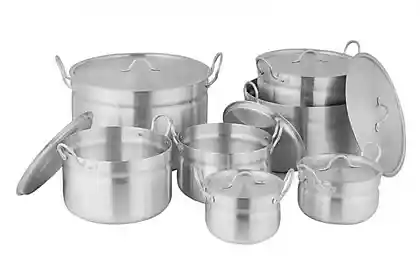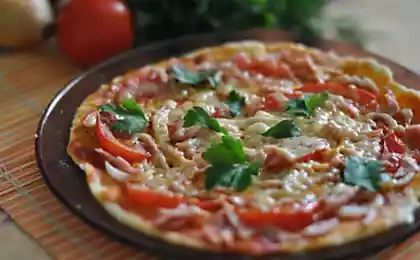234
How to choose cast iron dishes
Did you find Grandma's cast-iron pan? Don't throw it away! Although sellers offer a huge selection of Teflon and non-stick ceramics, many housewives still prefer cast-iron pans.
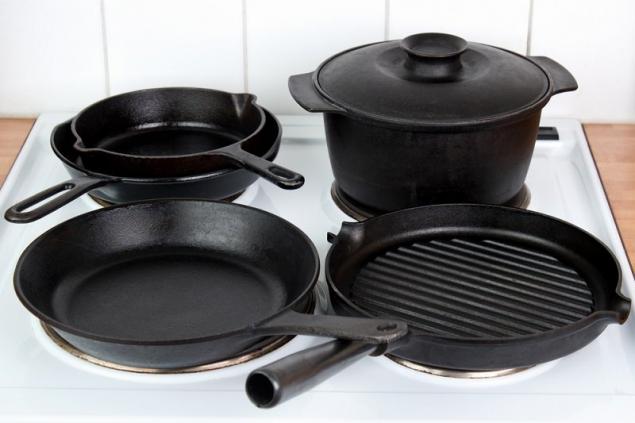
DepositPhotos
What is the reason for the stable popularity of seemingly outdated cast iron dishes? "Site" It will tell you why to buy cast iron dishes, how to choose it and how to prepare for use.
To make sure the relevance of cast-iron dishes, just look at the kitchen of any restaurant. There, most likely, there will not be dishes with Teflon coating, but the usual cast-iron pots and pans will definitely be.
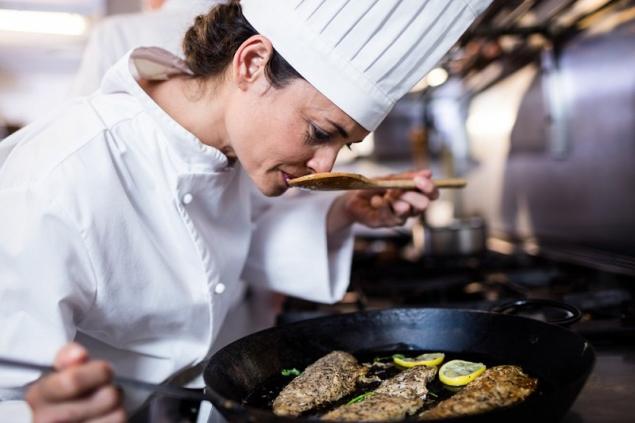
DepositPhotos
Without cast iron dishes with thick walls and bottom, you can't roast the right steak and real grandmother's pancakes. These dishes seem to be designed to create culinary masterpieces, and evidence of this are its many advantages.

DepositPhotos
How to choose a good cast iron dishes
The most versatile pan is a pan with a whole-shaped handle, 5 cm high benches, 24 cm diameter. It is suitable for cooking steaks, scrambled eggs, pancakes, goulash and befstroganov. It is also suitable for frying on the stove and bringing to readiness in the oven, as well as for baking round yeast pies.
How to prepare cast iron dishes for use Cast iron becomes non-stick only when properly calcined. In addition, new cast iron dishes can rust. To solve both these problems, immediately after purchase, conduct a calcination procedure.
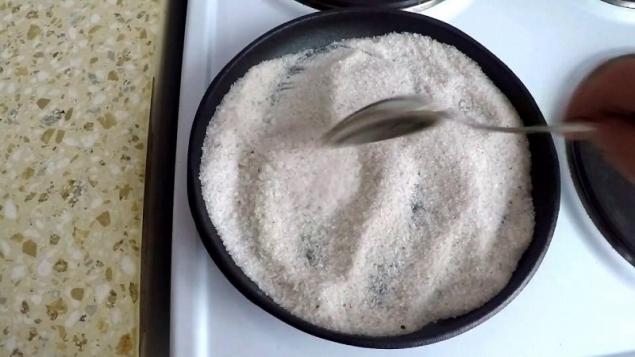
To do this, put a layer of salt on the bottom of the acquired pan and put it on a large fire. Keep on fire until the salt turns brown. At the end of the process, pour salt, rub the pan with oil and warm up again on a large fire.

If, over time, the food begins to stick to the surface, thoroughly washed the pan with a hard brush, wipe dry and calcined again with a thin layer of oil.
Cast iron dishes require minimal care, but saves your time and effort in the cooking process. No matter how high technologies develop, offering us more and more new options for kitchen utensils, cast iron remains relevant, both professionals and gourmets keep faithful to it.
As for dishes or care, and over time it becomes not as clean as at first. Sometimes it seems that it is impossible to clean the pan covered with perennial deposits of fat and soot.
Throwing away is pathetic, and the desire and strength in the hands to clean out is not enough. What's up? Today. "Site" Remembers the old Soviet method of removing dirt and sodium from dishes. It allows you to return the pristine shine to pots, pans, vipers and gas stoves grilles.
We share with you a selection of household items from the Soviet Union, which are just a sin to throw away. Heaped modern irons or meat grinders break down after a time, and plates break down after a second wash. So do not rush to send things made in the USSR to scrap, perhaps they will still be useful to you in everyday life.

DepositPhotos
What is the reason for the stable popularity of seemingly outdated cast iron dishes? "Site" It will tell you why to buy cast iron dishes, how to choose it and how to prepare for use.
To make sure the relevance of cast-iron dishes, just look at the kitchen of any restaurant. There, most likely, there will not be dishes with Teflon coating, but the usual cast-iron pots and pans will definitely be.

DepositPhotos
Without cast iron dishes with thick walls and bottom, you can't roast the right steak and real grandmother's pancakes. These dishes seem to be designed to create culinary masterpieces, and evidence of this are its many advantages.

DepositPhotos
- Environmental friendliness
Unlike advertised cookware with non-stick coating, good old cast iron is an environmentally friendly material, completely safe for health. No chemical compounds are used in its manufacture, and the non-stick coating is created naturally during cooking.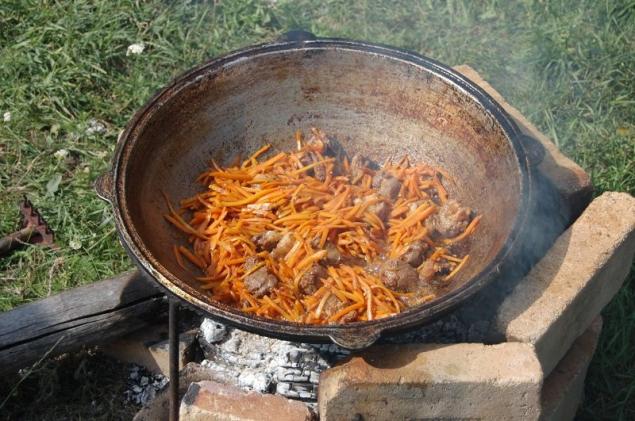
- Durability
Cast iron is chemically inert, so it does not interact with cooked food and is almost not subject to rusting. Cast iron dishes will last longer than any other, it is almost impossible to spoil. The only possible variant of damage is that it can split from a blow or fall from a height to a stone or other very hard surface. - Thermal conductivity
Cast iron slowly heats up, but it retains heat well. The dishes made of it are ideal for products that require long preparation. Pure cast iron is not afraid of high temperature, throw it in the fire. But enamel can be heated to a temperature not higher than 160-180 degrees, and necessarily with oil. There is no other material that is so perfect for a minute's roast of steaks as the flames walk through the pan.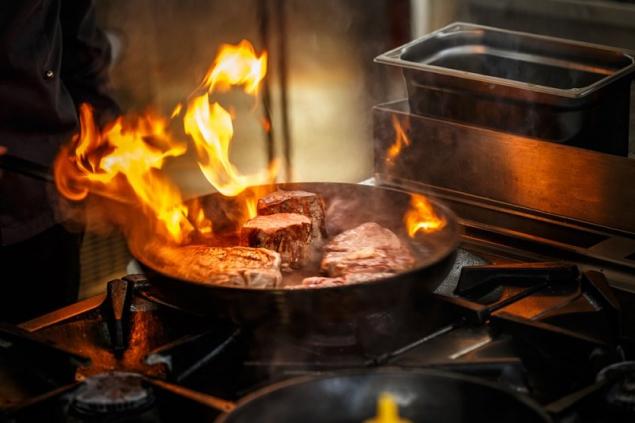
DepositPhotos - Universality
Cast iron utensils are suitable for any plates: gas, electrical, induction. It can be cooked, fried, stewed and baked in the oven. - Taste of food
Cooking in cast iron dishes is simple, useful and incredibly tasty. It gives us food that is evenly fried on all sides. In the process of cooking and after it, cast iron dishes retain and give heat for a long time - this is ideal for cooking meat and languishing dishes. Many believe that pilaf cooked in cast-iron pot has a unique taste, and that you should not even try to cook it in some other dish.
DepositPhotos
How to choose a good cast iron dishes
- Weight.
The first rule is to pay attention to the weight of the dishes. Good cast-iron dishes. It's very heavy. The bottom of the pan should be thick enough, this will prevent deformation of the pan. The optimal wall thickness is 5-6 mm.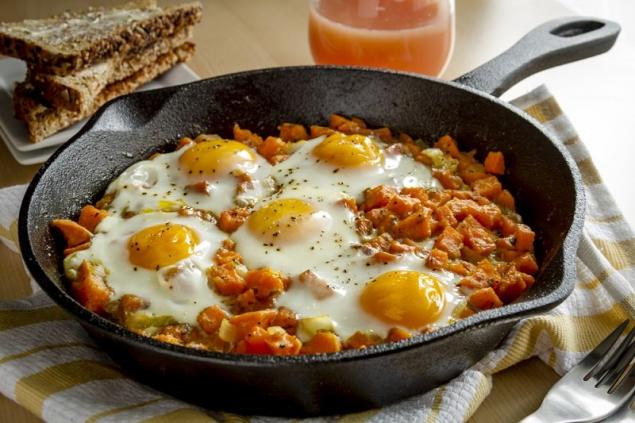
DepositPhotos - Appointment
First of all, you need to decide what dishes will be used for cooking. It is better to have pans of different diameters for different tasks. For pancakes, a thin pan is suitable, and for extinguishing - deep, for frying meat - with a grooved bottom, for baking in the oven - with cast handles.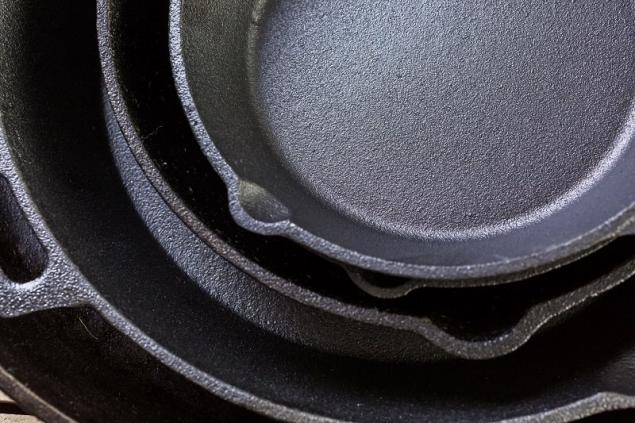
DepositPhotos - Materials
Cast iron dishes are divided into two types: with and without coating. Uncoated dishes have natural non-stick properties. When cooking, the porous surface of cast iron absorbs fat, forming a thin non-stick film on the walls and bottom of the dishes. On the other hand, such dishes with improper care can rust. In cast iron dishes without coating, you can not leave cooked products for a long time. They may darken.
There is also an enamel cast iron dish. Enamel does not absorb odors, does not allow cast iron to rust, does not require additional preparation before use, but is devoid of natural non-stick properties, is susceptible to chipping and does not tolerate heating above 160-180 degrees.
DepositPhotos
What material to choose is up to you. With ordinary cast iron, a little more fuss, but it is much more reliable. Coated cast iron dishes It is more beautiful and practical in some places, but needs very careful handling. - Pens
The cast pen is more durable, dishes with such a handle can be heated in the oven, and the wooden one is more convenient. The compromise option is a removable handle, it is only important to make sure that the mount is reliable enough. - Cover
Cast iron dishes with a lid will be more convenient when cooking many dishes. The cover for it does not necessarily need to be also cast-iron, a heat-resistant glass cover is quite suitable.
The most versatile pan is a pan with a whole-shaped handle, 5 cm high benches, 24 cm diameter. It is suitable for cooking steaks, scrambled eggs, pancakes, goulash and befstroganov. It is also suitable for frying on the stove and bringing to readiness in the oven, as well as for baking round yeast pies.
How to prepare cast iron dishes for use Cast iron becomes non-stick only when properly calcined. In addition, new cast iron dishes can rust. To solve both these problems, immediately after purchase, conduct a calcination procedure.

To do this, put a layer of salt on the bottom of the acquired pan and put it on a large fire. Keep on fire until the salt turns brown. At the end of the process, pour salt, rub the pan with oil and warm up again on a large fire.

If, over time, the food begins to stick to the surface, thoroughly washed the pan with a hard brush, wipe dry and calcined again with a thin layer of oil.
Cast iron dishes require minimal care, but saves your time and effort in the cooking process. No matter how high technologies develop, offering us more and more new options for kitchen utensils, cast iron remains relevant, both professionals and gourmets keep faithful to it.
As for dishes or care, and over time it becomes not as clean as at first. Sometimes it seems that it is impossible to clean the pan covered with perennial deposits of fat and soot.
Throwing away is pathetic, and the desire and strength in the hands to clean out is not enough. What's up? Today. "Site" Remembers the old Soviet method of removing dirt and sodium from dishes. It allows you to return the pristine shine to pots, pans, vipers and gas stoves grilles.
We share with you a selection of household items from the Soviet Union, which are just a sin to throw away. Heaped modern irons or meat grinders break down after a time, and plates break down after a second wash. So do not rush to send things made in the USSR to scrap, perhaps they will still be useful to you in everyday life.






